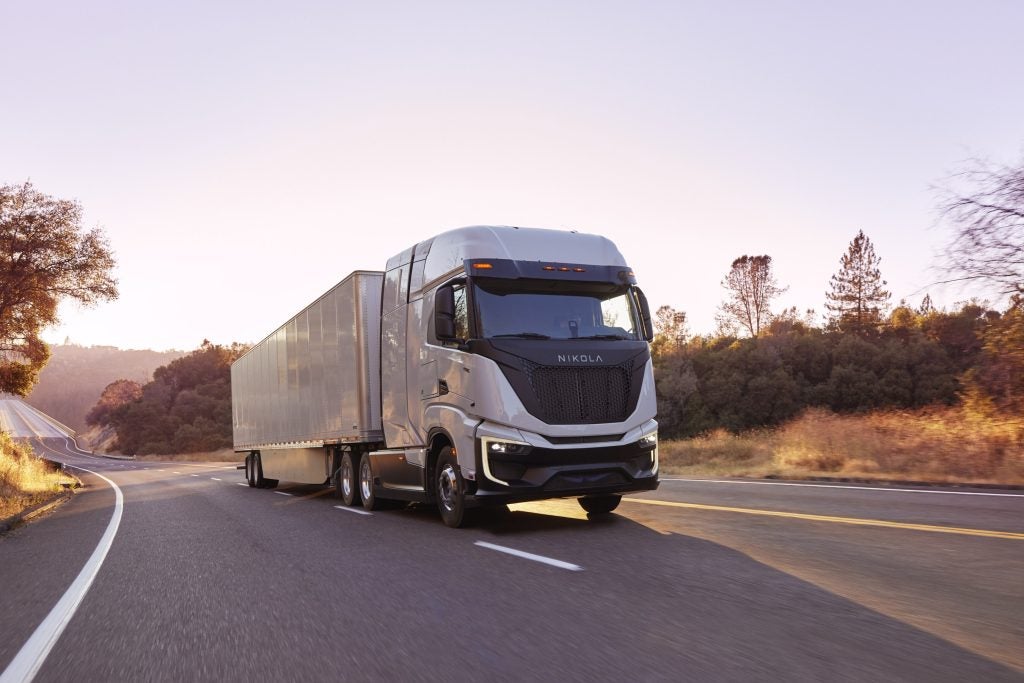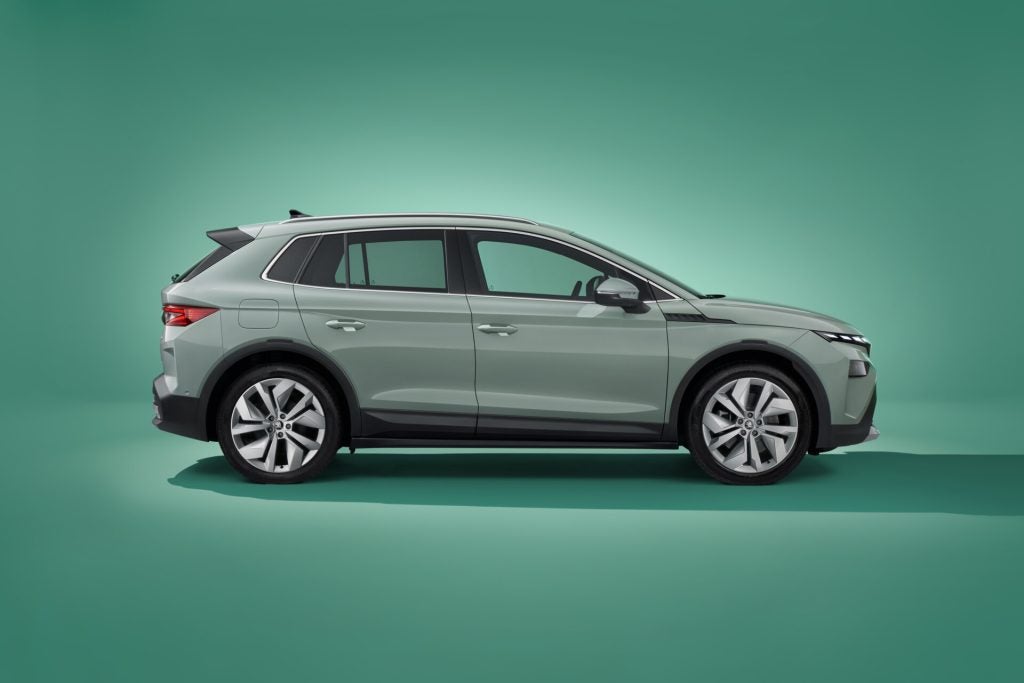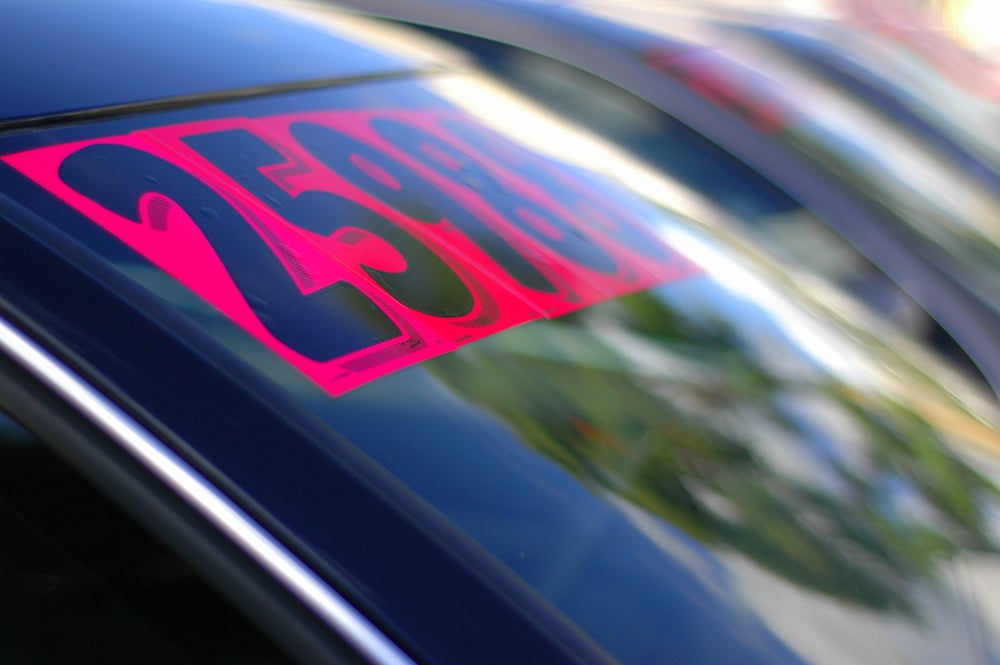
Whatever angle you’re looking at a new Peugeot 208 from – front, side or rear – the differences over the original launched in 2019 are significant. Even though the dark wheel-arch flares remain and there are no expensive sheet-metal swaps, there is a lot of change.
Lots of tweaks add up
The combined effect of fresh lighting, wheels and badges makes this look like a major revamp of what was far from an unattractive or in any way dated car. There is also a lot of new technology while mandatory safety systems have been very intelligently integrated. The latter is a big plus, showing that such things need not be irksome.
Stellantis has also brought in its latest powertrains, the 208 being now available in petrol, electric and mild hybrid forms, while the number of transmissions rises to four. Base cars come with a five-speed manual gearbox linked to a 75 PS 1.2-litre three-cylinder engine, 99 PS versions of the same unit having an extra ratio.
Petrol, MHEV and EV choices
The newly named E-208 (formerly e-208) naturally has a single-speed transmission for both 136 PS and 156 PS motor variants whilst the Hybrid-badged 100 PS 1.2-litre mild hybrid sends drive to its front axle via a six-speed DCT. There is a 136 PS Hybrid too, that one also being an MHEV.
How well do you really know your competitors?
Access the most comprehensive Company Profiles on the market, powered by GlobalData. Save hours of research. Gain competitive edge.

Thank you!
Your download email will arrive shortly
Not ready to buy yet? Download a free sample
We are confident about the unique quality of our Company Profiles. However, we want you to make the most beneficial decision for your business, so we offer a free sample that you can download by submitting the below form
By GlobalDataDoes all this choice also extend to diesel? Alas, unlike its Volkswagen Group rival, that choice is long-gone from most of Stellantis’ passenger vehicles. I became very fond of a compression-ignition 208 four years ago: it accidentally stayed at my house for a couple of months.
Fangs replaced by Light Claws
From the front, the obvious appearance change is the fang-like DRL below each headlight now replaced by three – and I quote – vertical ‘light claws’. They do look quite cool the first time you unlock the car and see them twinkle. Why must they pulse nine such times though? Surely once is enough. The former fangs were equally fond of flamboyant flashing.
Reshaped headlights also lend the 208 a strong sense of novelty but it is the two-tone grille and new Peugeot emblem which really announce that this is the 2024 version of the brand’s bestseller. The rear end has also come in for some major attention, the whole effect being to improve what had, in my opinion, already looked spot-on. Somehow it is even better now.
Even the EVs are sub-1.5 tonnes
Stellantis should also be congratulated for keeping the 208 fairly light, with the base 75 PS car weighing just 1,033 kilos though the top-spec EV adds a touch more than 400 kg to that. The as-tested 74 kW and 205 Nm Hybrid 100 is right in the middle of those extremes, at 1,220 kg. Not bad by any measure and a big reason why it returns between 54.9 and 65.9 mpg officially, with a CO2 average of 102 g/km. The consumption is realistic too, as over a week my own average was a tad shy of 60 mpg. Impressive.
The 0-62 mph time is quoted as 9.8 seconds, and top speed is 118 mph. It also rides beautifully and has terrific steering, surely now close to being the most direct in the segment since the Fiesta departed. Which only makes the lack of a 208 GTI all the more frustrating. Peugeot says there would likely not be sufficient demand for such a variant, which is a real shame.
Roominess
There is good if not great rear-seat space in this 4,055 mm long five-door hatchback and the same applies to what is a 309-litre boot, which extends to 1,163 with seats folded. Up front, nobody will have cause for complaint and in fact head room in the back is very good. This must also surely be best in class for cabin storage spaces. Not only are they seemingly everywhere but the cubby below the central armrest is amazingly deep.
What needs to improve, what has been improved
Something I really disliked on the car I spent so much time with in 2020 was the steering wheel jerk any time you went near a white centre line. That is firmly in the past. And not once did I even wish to deactivate lane-centring/lane assist: it is simply not an issue. If only all cars were as good in this regard as the greatly improved Peugeot.
Something which still needs a rethink is a little switch which toggles between forward and reverse motion. It makes a lovely sound as the automatic parking brake is applied but then this delight is ruined each time you need to perform a three-point turn or even a reverse park tweak. In short, no matter how you try, sometimes it refuses to quickly cycle between D and R. Frustrating and annoying.
Other Stellantis small cars can also have the same issue with the auto transmission mini-lever. Having said that, at least while you are holding the car on its brakes hoping to find drive or reverse at the second or third attempt, the turning circle is small. This is as welcome as the little Peugeot’s width of just 1,765 mm (with mirrors folded).
Bestseller in Europe?
This model was in fact the number one new passenger vehicle Europe-wide in both 2022 and 2023. Or so says Stellantis while JATO Dynamics reckons the Model Y took the crown last year. Likely the difference is how each defines Europe.
Summary
With so much choice when it comes to propulsion systems, plus the many strengths of the 208, it’s obvious why this car remains such an ongoing success story. The i-Cockpit will always be a bit Marmite for some and Peugeot acknowledges that – not everybody likes the small, in-your-lap steering wheel. What matters is that clearly lots of people love it, and the even better looking (inside too) new 208 will surely be gaining much repeat business along with lots and lots of new customers.
Pricing for the facelifted Peugeot 208 range starts at GBP20,410 and goes as high as GBP36,250. CO2 averages for liquid-fuelled cars are between 102 and 121 g/km.







